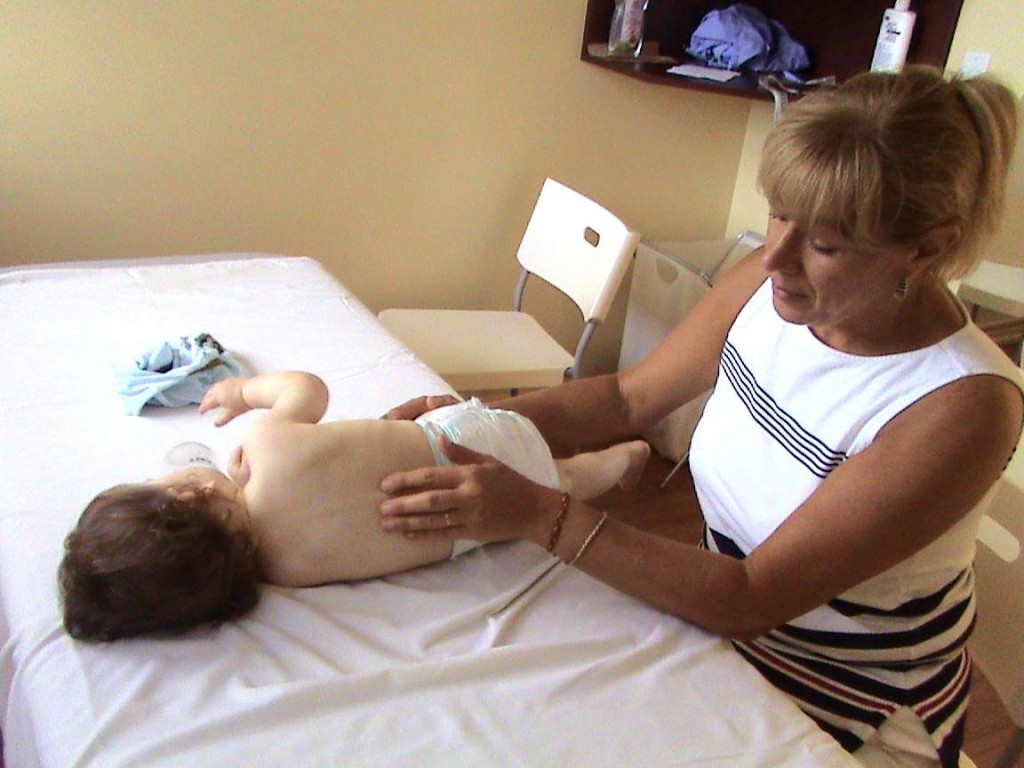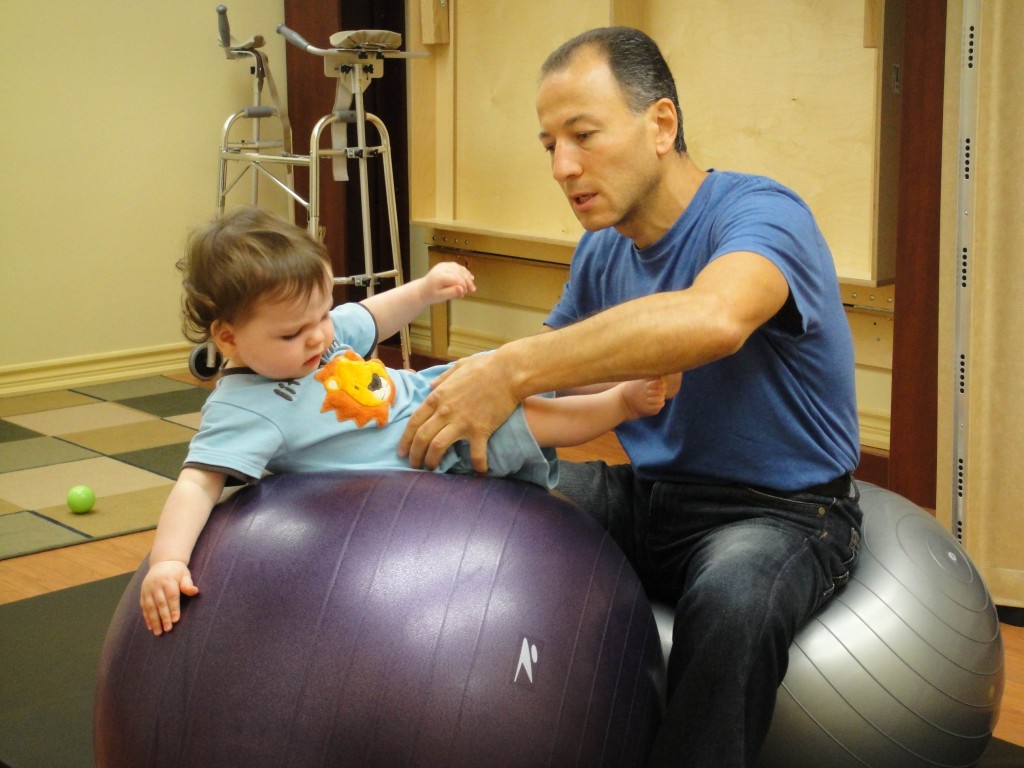Today you can find me over at Ellen Stumbo’s blog, These Broken Vases, blogging about how I found my purpose. Ellen and I have something very unique in common – we both have a child with Down syndrome and a child with cerebral palsy. Be sure to take a few minutes and head over!
While I’m away 🙂 take a few minutes to learn a little bit about using massage therapy to treat cerebral palsy. Sarah Kate is on a summer hiatus from physical therapy, but that doesn’t mean we’ve given up altogether. Welcome Natan Gendelman of Health in Motion Rehabilitation!
Why massage therapy is important for treating cerebral palsy
As you may know, cerebral palsy is an umbrella term which is used to cover a variety of different disorders. It’s something that differs from person to person, and influences all the functions of the body in some way. It’s important to realize that what’s happening doesn’t just affect a child’s motor skills, sensory function or speech. So, when we talk about a child with cerebral palsy, brain injury, stroke or other neurological conditions, treatment has to lean towards a more ‘holistic’ approach which takes the function of the entire body into consideration.
For this reason, massage therapy is something that is very beneficial for children with cerebral palsy when performed alongside other needed therapies. Massage stimulates circulation, blood flow and nutrient exchange in the whole body, including the organs, soft tissues and the brain. This helps to improve the global function of the body and, in turn, a child’s cognitive function.
Ultimately, it’s important to note that every therapist working with a child will be involved in his cognitive development. Massage therapy is no exception, as it works to complement other treatments (such as functional education) to help improve bodily functions and enable the creation of new pathways in his brain.
Things to keep in mind
Of course, when arranging massage therapy for your child there are a few things which need to be kept in mind once he goes for treatment. Especially in the early stages, a child should be watched carefully by the practitioners, as not all children respond to it in a positive way. Over the years I have seen the occasional kid respond negatively to treatment, which can be seen through increases in his spasticity and/or muscle tone. In these cases, it may be necessary to modify or even remove massage from a child’s treatment program.
On this note, remember that when you bring your child for massage therapy you shouldn’t expect the treatment to work miracles all on its own. As mentioned, massage needs to work together with other kinds of therapy in order to target every aspect of your child’s condition and help him improve. However, be sure to watch your child’s treatment carefully as you are the one who knows him the best. If you see any signs which may be of concern, speak to your massage therapist about it.
Should you have any questions, feel free to leave a comment below. Thank you to Andi who allowed me to guest post on her wonderful blog. Hope it helps, and all the best!
Good luck everyone,
Natan Gendelman D.O.M.P Director / Osteopath Enabled Kids Health in Motion Rehabilitation


Hi Nate! I was just wondering if any message therapist could do this? Or do they have to be a specialist with CP patients?
Massage has many great benefits to all humans and can be especially beneficial to individuals with special additional needs. There is a great deal of research that supports the benefits of massage, including growth hormone release, improved body awareness, enhanced cognition and stimulation of skin barrier function (when oil is used). These benefits are applicable to many kids of all ages but especially effective for premature births and/or twin and multiple births. I have devised a massage routine called “body mapping” and if interested please email me. Many thanks, Andy.
Hi Dana!
Thanks for your question. If you are working with patients that have CP, then yes, you have to be a specialist. The reason for this is because it’s important to know what to expect in terms of what a person can/cannot do, as well as be aware of any possible outcomes of the treatment. Not all patients react positively to massage therapy, and when done incorrectly, it can trigger hypertone and possibly worsen a child or adult’s condition. So, it is important for this kind of treatment to be performed by those who are trained in working with patients with CP.
I hope this answers your question. If you have any other questions, feel free to contact me. Thanks!
Wishing you all the best,
Natan Gendelman
Director / Osteopath
Health in Motion Rehabilitation
My son is 6 and this is the first i heard of massages of any sort causing more tone???!?!??!….I need to find more out!!